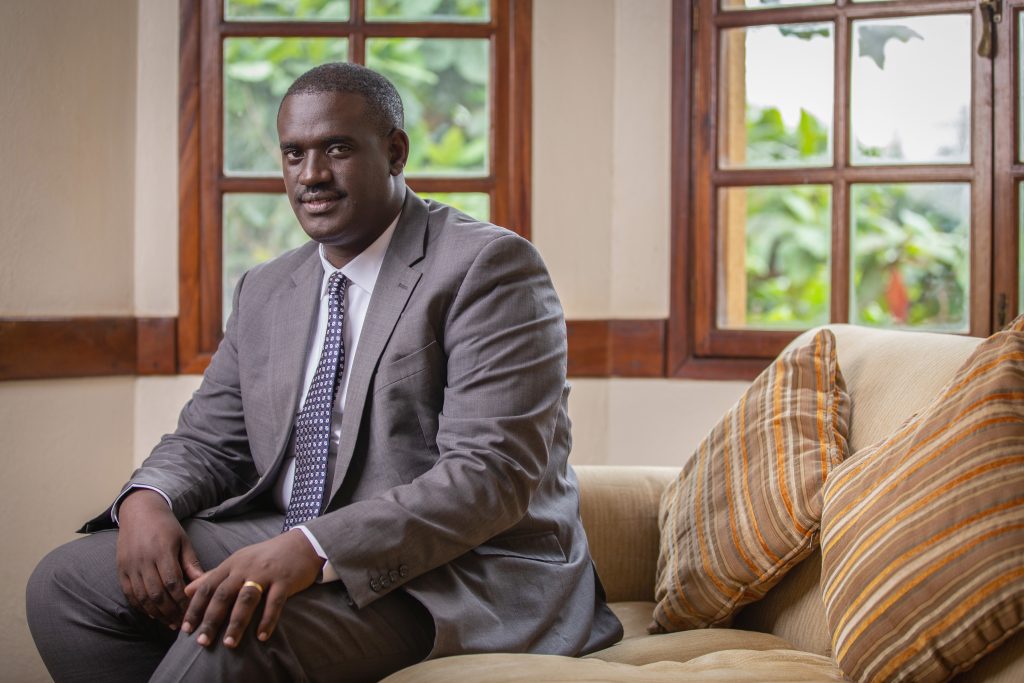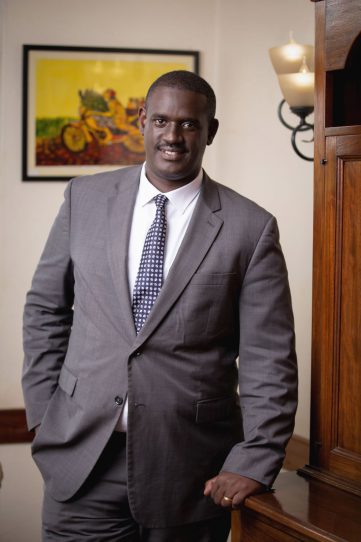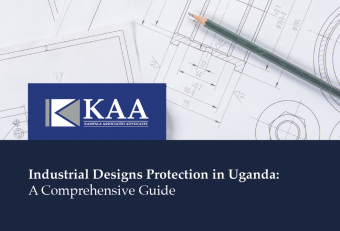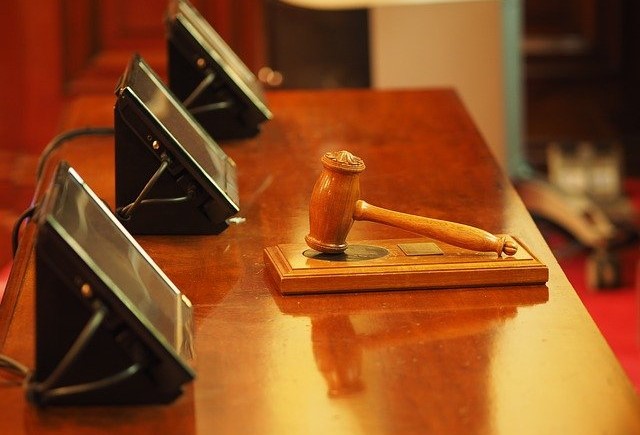World Leaders are meeting in Montreal, Canada at the UN biodiversity conference. This conference is held under the UN Convention on Biodiversity, which was an international agreement signed at the Rio Earth Summit in 1992. The Conference of the Parties (COP) to the treaty on Biodiversity are having their 15th Biodiversity meeting known as COP 15.
It is therefore imperative that as global leaders meet to discuss biodiversity and how to protect various plant and animal species, we re-emphasise the fact that the Ugandan oil project is being conducted in accordance with the best environmental and social standards.
Uganda is developing oil fields which will produce 1.5 billion barrels of oil over a twenty five year period. It will refine 60,000 barrels per day at a refinery in Hoima and export the excess crude in the EACOP (East African Crude Oil Pipeline) to Tanzania’s port of Tanga.
Almost a decade ago, in 2013. Uganda conducted the Strategic Environmental Assessment (SEA) to map and understand any possible impacts oil development would have on our pristine environment. The purpose was to ensure that environmental and sustainability considerations are taken into account during early stages of decision making and integrate these considerations into laws/regulations and relevant agreements. This was a consultative process and was undertaken to ensure that decisions are taken with conservation and biodiversity at the forefront.
Shortly thereafter, Uganda conducted sensitivity mapping around the oil area and produced the Albertine Graben Sensitivity Atlas. This shows all the sensitive areas within the vicinity of the oil area and ensures they are either avoided or any mitigation is done to protect them. This was long before even the pipeline route was selected.
The pipeline route was the result of careful study and detailed reviews that took several years. This was not a decision imposed on Uganda or Tanzania by anyone but rather was the result of careful analysis. As a result, EACOP does not cross any International Union for Conservation of Nature (“IUCN”), UNESCO World Heritage Sites and Ramsar sites. Ramsar Sites are wetlands of international importance that have been designated under the criteria of the Ramsar Convention on Wetlands for containing representative, rare or unique wetland types or for their importance in conserving biological diversity. The pipeline does, however, pass through some protected areas and serious mitigation measures are put in place to avoid any harm to the environment. One such area is the Taala Forest Reserve. EACOP will go through this reserve. The reserve had already been seriously downgraded by population settlement.
In order for EACOP to be approved it had to undertake a rigorous Environmental and Social Impact Assessment (ESIA) on top of the studies that had already been conducted and explain how any risks were being mitigated.
Can we trust that the good ideas on paper and the promises on conservation will be met? The answer is yes. Uganda has already drilled 121 exploration and appraisal wells. The area was restored and it is now almost impossible to know where the drilling occurred. Many of them are in Murchison Falls National Park. In 2012 Reuters did a story on exploration in Murchison Falls National Park. The story described seismic tests like this, “Typically, seismic tests involve clearing bush in a straight line – perhaps a few meters (yards) wide and as much as 3 km (two miles) long or more – and blasting explosives..Blasting and seismic vibrations disturb wild animals; clearing the bush can fragment ecosystems and trap some animals in small pockets of habitat.” As usual, the story brought up the Niger Delta. During exploration,TotalEnergies used 3D cableless Seismic technology in the park. This was the first time it was used on shore in Africa. They also used horizontal drilling during exploration. This meant there was minimal impact on the park. During the period of exploration, Murchison Falls got a world class rating from visitors on the travel site Trip Advisor. The fears expressed by Reuters never materialised.
This project will be conducted in the most responsible manner. It is possible to lift our people out of poverty and conserve the environment. The alternative will not help the environment. It will only conserve poverty.



